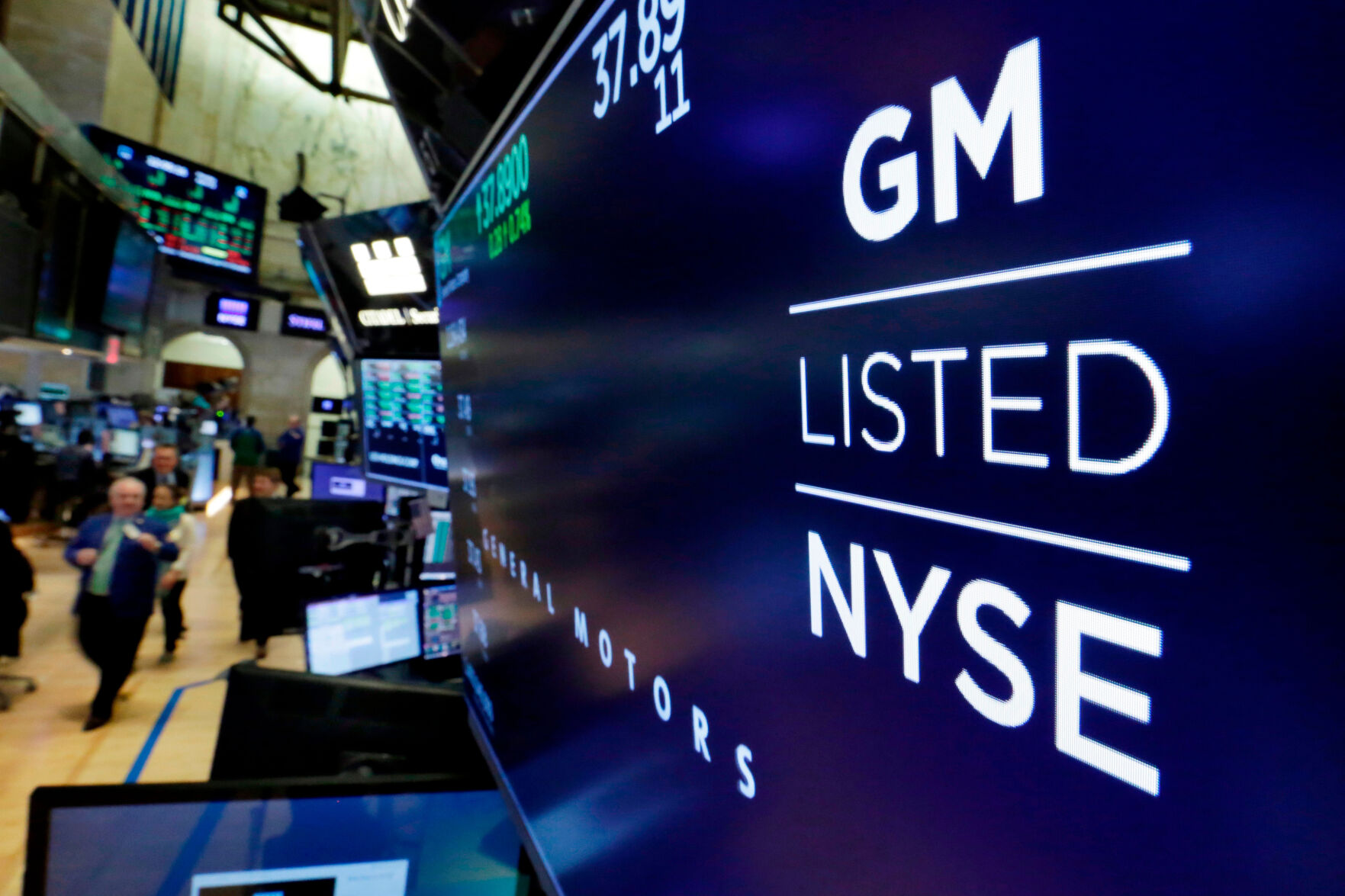DETROIT — A strike by auto workers against General Motors is expected to cut pretax earnings by $800 million this year, and another $200 million per week after that, the company’s chief financial officer said.
And those figures include only factories that are on strike now with less than a third of the company’s workforce on the picket lines, so if more plants are added by the United Auto Workers union, the losses will pile up further, CFO Paul Jacobson told reporters.
Those strike are already taking a toll.
GM today posted net income of more than $3 billion from July through September, down 7% from the same period last year due to lost production from the strike, and also increased warranty costs, Jacobson said. The company also withdrew its previous full-year pretax earnings estimates, citing uncertainty over the length of the strike and how many factories would be shut down
However, excluding one-time items, GM said made $2.28 per share, handily beating Wall Street estimates of $1.87. Revenue of $44.13 billion rose 5.4% and also exceeded estimates of $42.48 billion, according to data provider FactSet.
That sent shares up 3% before the opening bell today.
The UAW has been on strike since Sept. 15 — nearly six weeks — against GM and its Detroit competitors, Ford and Jeep maker Stellantis. So far the union has spared factories that make GM’s most profitable vehicles, pickup trucks and large SUVs, from its targeted strikes. Yet the UAW demonstrated again this week that risks to those money making facilities can rise the longer the strike goes on.
On Monday, the union shut down Stellantis’ huge Ram pickup truck plant north of Detroit in Sterling Heights, Mich. Two weeks ago workers walked off their jobs at Ford’s largest and most profitable plant, one that makes pickups and big SUVs in Louisville, Ky. So far only 28% of the union’s 146,000 members at the Detroit Three are on strike.
Jacobson said the third-quarter strike loss was $200 million, since the walkouts were only in effect the final two weeks of the period. He predicted another $600 million of losses from October through December.
“We remain optimistic and hopeful that we’ll make progress and get this resolved going forward,” Jacobson told reporters.
He said many have expressed concerns about the company taking on higher labor costs, but GM has planned for it by cutting in other areas. For example, GM’s annual fixed costs will be $2 billion lower than 2022 by the end of 2024, Jacobson said. The company also is slowing electric vehicle production to adjust to slower short-term growth in demand.
Last week GM announced that it’s postponing production at one Michigan electric pickup truck factory from this year until late 2025 to keep manufacturing in line with demand. That decision will save the company $1.5 billion next year, Jacobson said.
GM is sticking with plans to increase manufacturing capacity to 1 million EVs per year in North America by the end of 2025, he said. But earlier guidance of building 400,000 EVs in North America through the middle of next year have been scrapped. Jacobson said GM still expects to start turning low-to-mid single-digit profit margins on electric vehicles in 2025.
Demand for vehicles and prices remained strong through the third quarter, which helped keep GM’s profit high. The company’s U.S. sales rose 21%, and Jacobson said the average U.S. selling price for GM vehicles was $50,750, down only slightly from the previous quarter.
“So far the consumer has held up remarkably well for us, as evidenced by the average transaction prices,” Jacobson said. “They continue to hang in and I think exceeded most expectations that were set at the beginning of the year.”
Jessica Caldwell, head of insights for the Edmunds.com auto site, said GM’s sales numbers looked good on the surface, but that could change in the next few months. As cold weather arrives, those in the market are usually looking for larger four-wheel-drive vehicles. But she said a lingering strike could close plants, cut production of those lucrative vehicles and “be harbingers of sales declines during an important stretch of the calendar ahead.”


